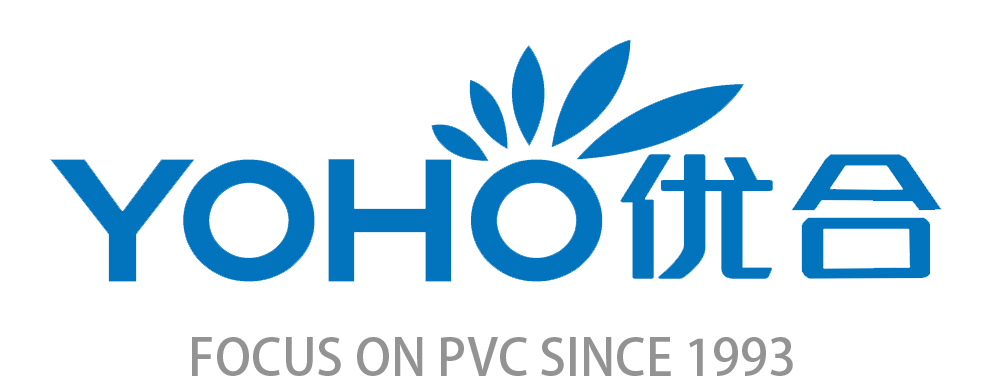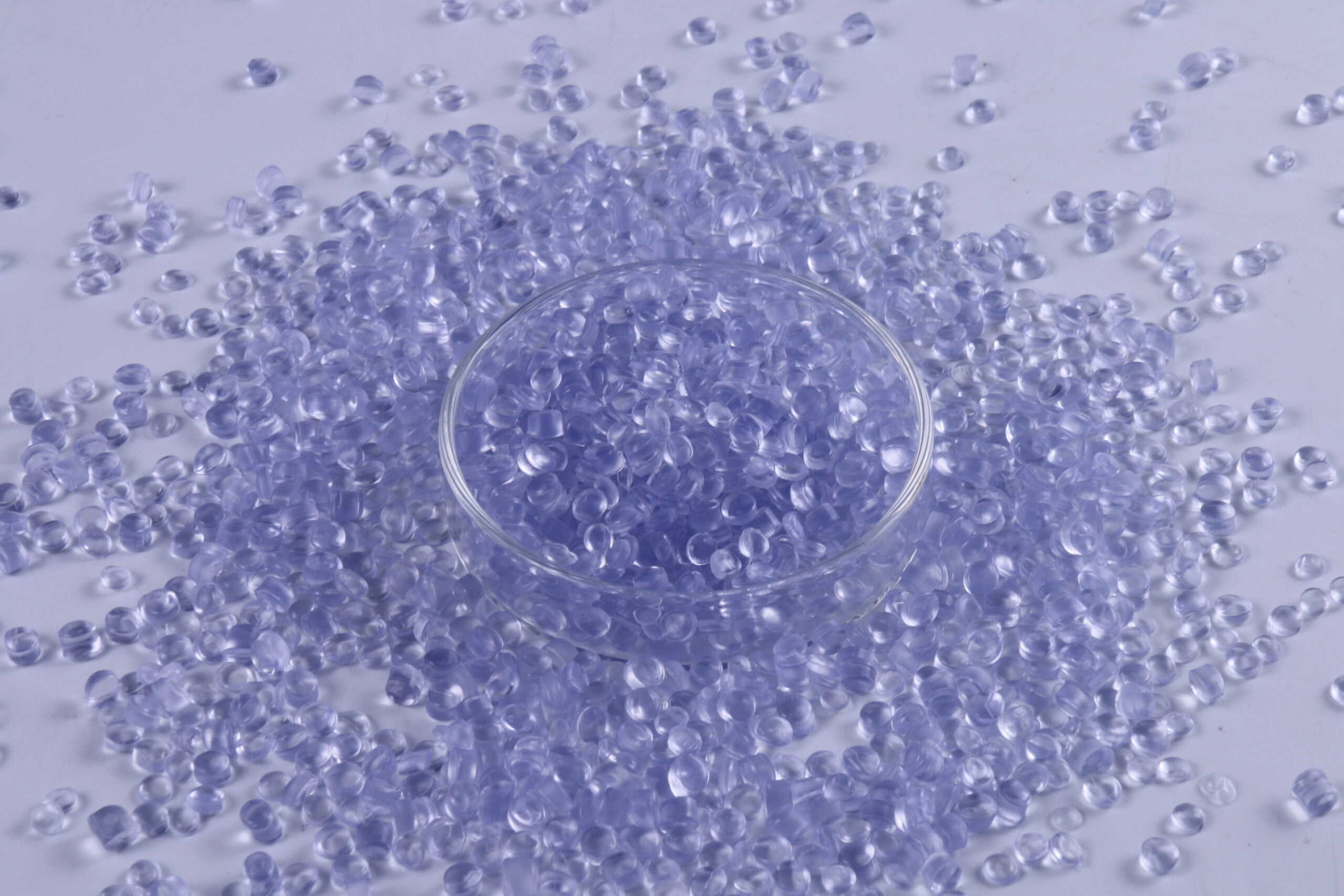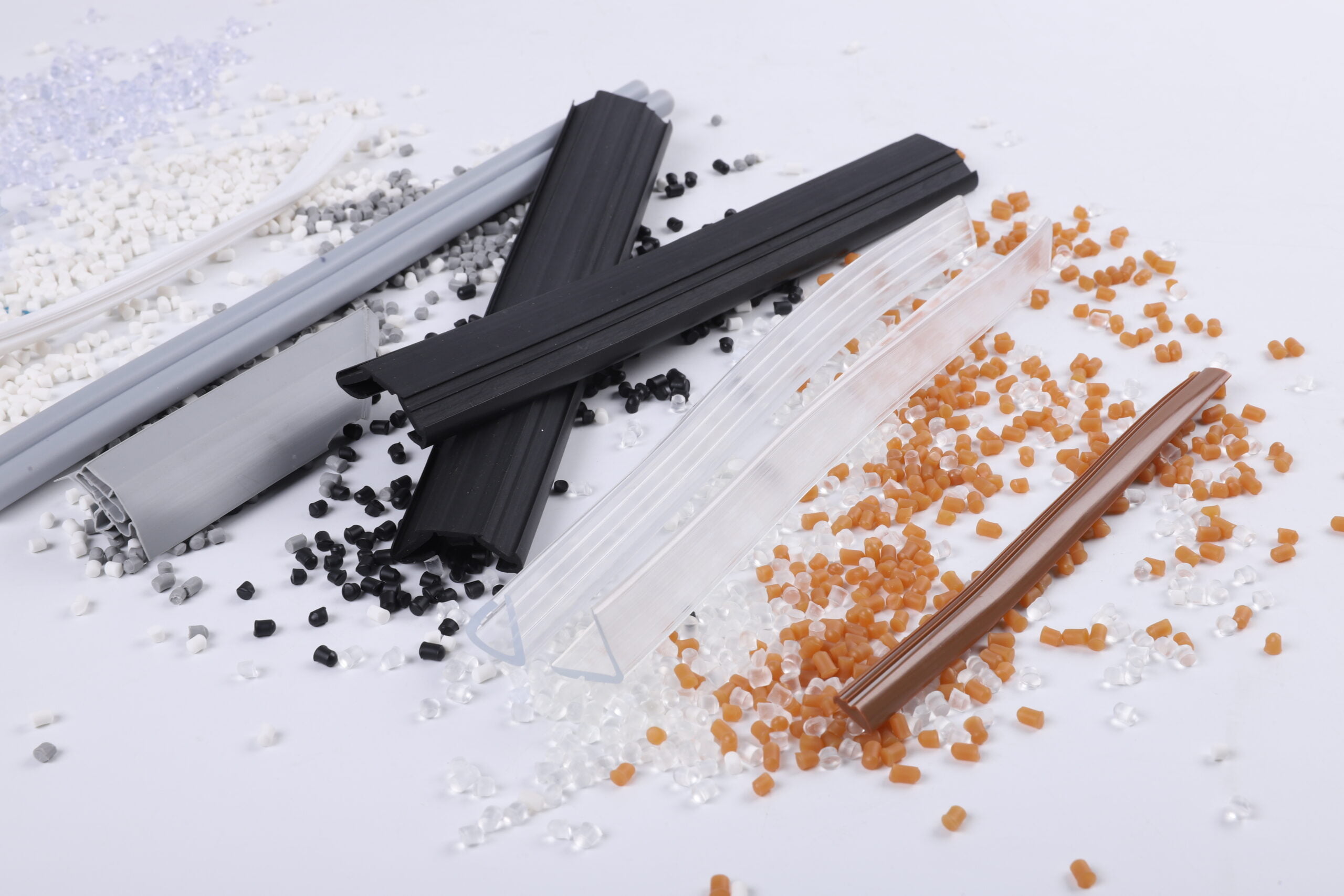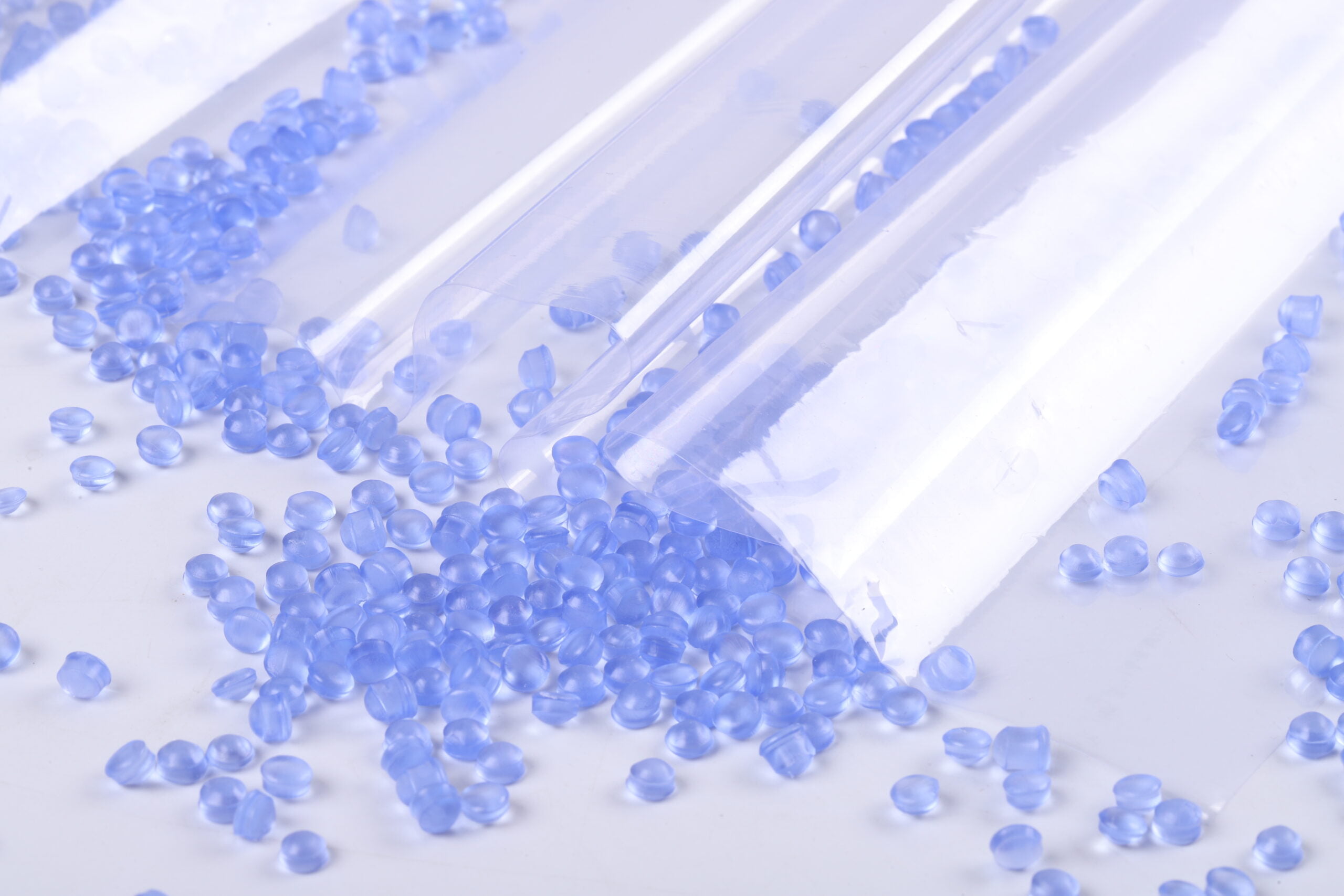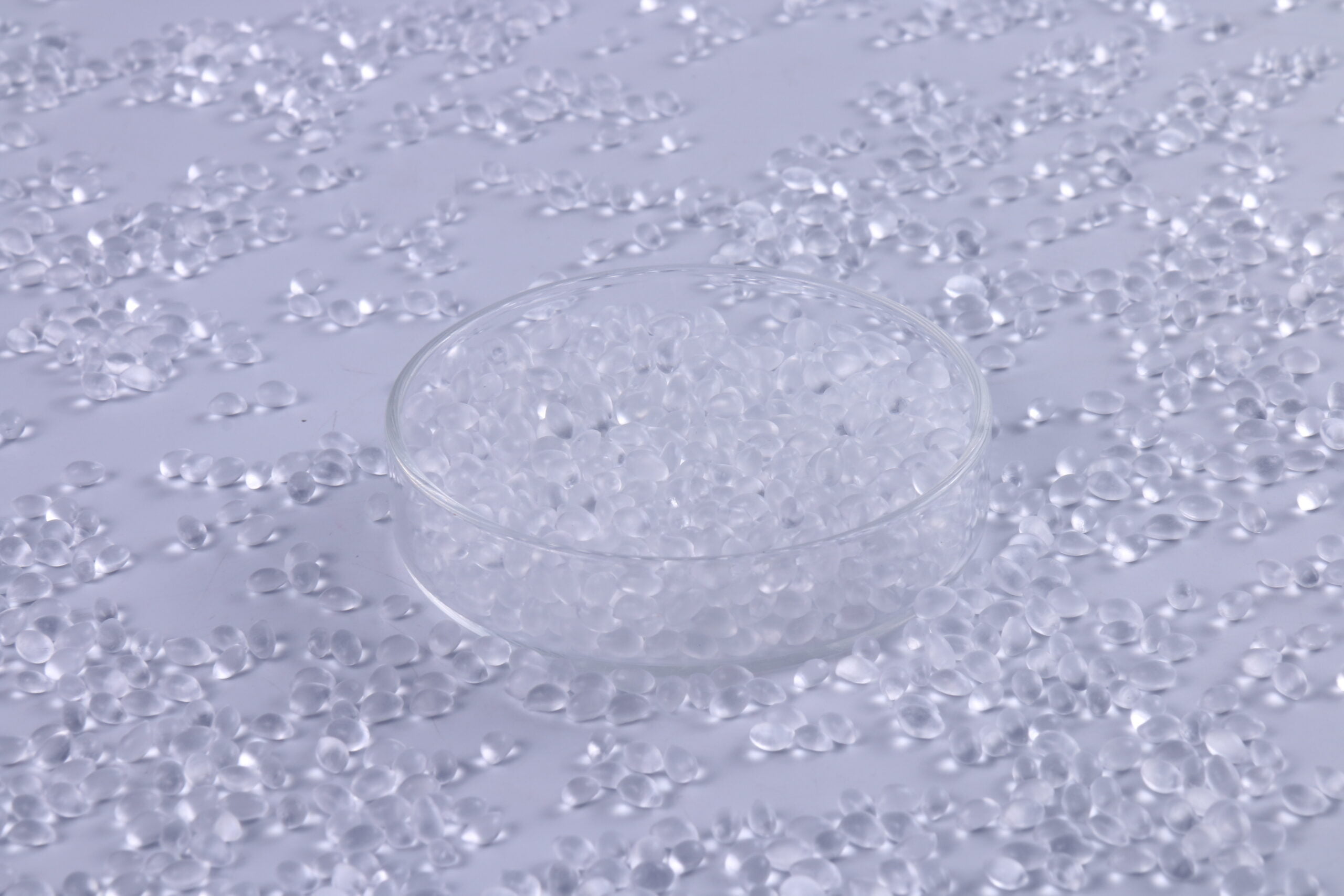Understanding PVC Pipe Granules: Manufacturing and Applications
Polyvinyl chloride (PVC) is a widely used plastic in various industries, particularly for pipes and fittings. The foundation of PVC products lies in PVC granules, which are small, uniform particles created through the polymerization of vinyl chloride. This blog will explore the manufacturing process of PVC granules, their applications, and their significance in the production of PVC pipes.
What Are PVC Granules?
PVC granules are produced from the polymerization of vinyl chloride monomer (VCM). These granules serve as the primary raw material for various PVC products, including pipes, fittings, and cable insulation. In their granulated form, they offer improved flow characteristics during manufacturing processes, making them easier to handle and mold into complex shapes[9].
The Manufacturing Process of PVC Granules
The production of PVC granules involves several key steps:
-
Raw Material Preparation:
- The primary materials required include PVC resin, plasticizers (such as DOP), stabilizers, lubricants, and other additives. These components are carefully measured and prepared according to specific formulations tailored to customer requirements[1][3].
-
Mixing:
- The raw materials are combined in high-speed mixers to create a homogeneous blend. This process may involve both dry blending and heating to ensure uniformity[1].
-
Compounding:
- The mixed materials are fed into an extruder where they are melted and compounded. This step is crucial as it allows the PVC resin to melt and the additives to blend thoroughly at controlled temperatures[1][2].
-
Extrusion:
- The molten mixture is forced through a die to form continuous strands or sheets. The shape of the die determines the final form of the extruded product[2][3].
-
Cooling:
- After extrusion, the strands or sheets are rapidly cooled, typically in a water bath, to solidify them while maintaining their shape[1].
-
Pelletizing:
- The cooled material is cut into small granules or pellets using various types of pelletizing equipment. This step ensures that the granules are uniform in size and shape[1][2].
-
Screening and Classification:
- The granules are screened to remove any oversized or undersized particles, ensuring consistent quality[1].
-
Packaging:
- Finally, the granules are dried and packaged for distribution. Quality control measures are implemented throughout the process to ensure that they meet specified standards[1][9].
Applications of PVC Granules
PVC granules play a significant role in various applications:
- Pipes and Fittings: They are primarily used in the manufacturing of pipes due to their excellent chemical resistance, durability, and low cost.
- Cable Insulation: PVC granules provide effective insulation for electrical cables.
- Construction Materials: Used in window frames, doors, and other building materials due to their weather resistance.
- Consumer Products: They are also utilized in making toys, footwear, and household items.
Advantages of Using PVC Granules
The use of PVC granules offers several advantages:
- Versatility: They can be tailored with different additives to achieve desired properties such as flexibility or rigidity.
- Cost-Effectiveness: The production process is efficient, leading to lower costs for manufacturers.
- Durability: Products made from PVC granules exhibit long-lasting performance under various environmental conditions.
Conclusion
PVC granules are integral to the production of a wide range of PVC products, particularly pipes and fittings. Understanding their manufacturing process highlights their importance in ensuring quality and performance in final products. As industries continue to innovate with materials like PVC, the demand for high-quality granules will remain essential for meeting evolving market needs.
Citations:
[1] https://www.inpvc.com/news/whats-the-pvc-granules-compounding-manufacturing-process/
[2] https://sino-tech.en.made-in-china.com/product/rJyULxQCuzWp/China-PVC-Plastic-Granules-Manufacturing-Process-Granulator-Recycling-Pelletizing-Pelletizer-Granulator-Machine-Line.html
[3] https://www.plastic4trade.com/polymer-blogs/pvc-pipes-everything-about-pvc-pipes-types-and-its-manufacturing-process
[4] https://plasticol.it/en/plastic-granules-manufacturing-process/
[5] https://www.valcogroup-valves.com/faq-2/pvc-polyvinyl-chloride-manufacturing-process-of-polyvinyl-chloride-pvc/
[6] https://europlas.com.vn/en-US/blog-1/plastic-pipe-production-process-the-ultimate-guide
[7] https://www.camelmachine.com/news/pvc-granulation-related-attention-requirements.html
[8] https://www.youtube.com/watch?v=ySWSih4FXF8
[9] https://www.pishrochem.com/blog/en/the-role-of-pvc-granules-in-pipes-and-fittings/
